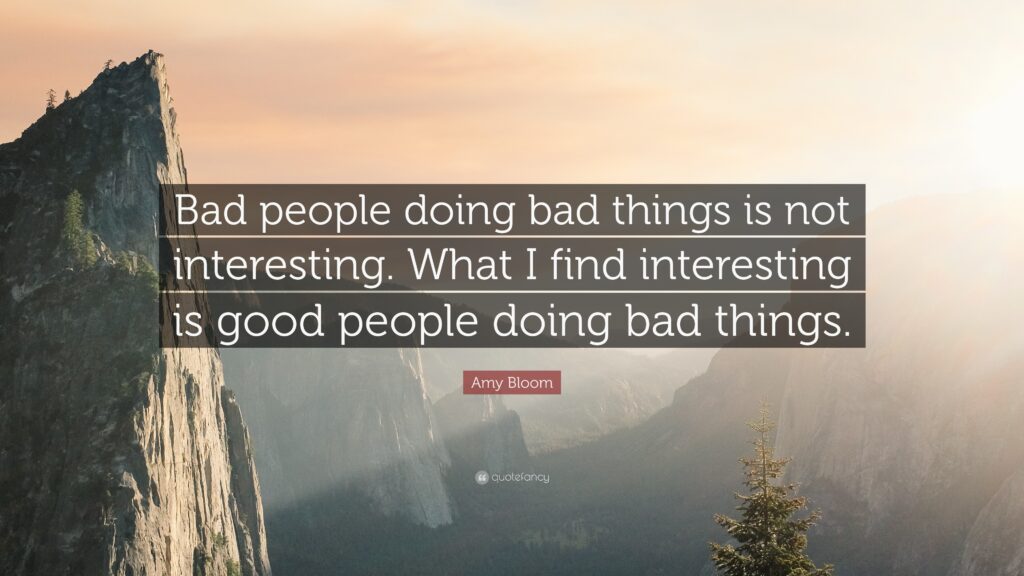The Power of Good Team Members Who Lift Others Up
Real impact comes from people who quietly support, guide, and strengthen the team.
In every workplace, you’ll find a spectrum of behaviors: the good, the bad, and the extraordinary. But if there is one reality leaders often overlook, it is this:
Bad people doing bad things is predictable.
But good people doing good things for others… that’s where real impact begins.**
Most organizations focus on star performers—the ones with high output, strong delivery, or impressive KPIs. But the real strength of a team often comes from those individuals who consistently uplift the people around them. They help, guide, and support others because it’s part of who they are, not because they’re seeking promotion, recognition, or applause.
These are the individuals who shape culture, protect teams from burnout, and keep progress moving even when challenges arise.
Why Good People Helping Others Matter More Than We Realize
1. They Create a Multiplier Effect
Knowledge is shared.
Confidence increases.
Collaboration becomes natural.
When a good team member takes time to help a colleague—by guiding them through a problem, reviewing their work, or offering clarity—their effort doesn’t just solve one issue.
It elevates the capability of the entire team.
One person’s good actions ripple outward, lifting everyone.
2. They Build Invisible Stability
Great teams don’t fall apart because of big failures—they crumble because of unresolved small issues.
This is where helpful team members make the biggest difference.
They:
- Notice small gaps early
- Step in before problems escalate
- Support others without being asked
- Foster trust through consistent behavior
They become the stability that keeps teams grounded during pressure.
3. They Strengthen Culture Without Formal Authority
Culture is not built through policies or slogans.
It’s built through people.
When someone consistently helps others, they model the behaviors leaders dream of:
- Empathy
- Respect
- Curiosity
- Accountability
- Collaboration
They influence others not by power, but by example.
4. They Reduce Pressure on Leaders
No matter how capable a leader is, one truth remains:
A leader cannot be everywhere.
Helpful team members fill the gaps:
- They guide juniors
- Support cross-functional teams
- Answer questions that save hours
- Keep momentum during crises
They become the unofficial extension of leadership—without title, without authority, and without ego.
What Makes These Team Members Stand Out?
They have a mindset, not a job description.
They act before they’re asked.
Initiative is their instinct.
They share knowledge freely.
They don’t fear someone else growing.
They believe in lifting, not competing.
They build strong teams, not personal empires.
They make others feel capable.
Their presence increases confidence, not tension.
These qualities cannot be forced.
They come naturally from intrinsic motivation and a genuine desire to see others succeed.
Leadership Reflection (Based on My Own Experience)
As someone who has led engineering and cross-functional teams across multiple products and organizations, I’ve seen a consistent pattern:
The teams that outperform are the ones where people help each other without waiting for instructions.
Not because a leader pushed them.
Not because a policy required it.
But because someone set the tone.
In my own leadership journey, the most trustworthy, dependable, and effective team members were never the loudest—they were the ones who cared. They cared about the work, the people, the customers, and the culture.
That caring translated into action:
a simple message to check on someone,
an extra 10 minutes to unblock a colleague,
or a quiet contribution that saved a stressful day.
These are the team members I call impact performers—those who quietly uplift the entire system.
The Real Takeaway
In a world that celebrates productivity and speed, we must learn to celebrate something deeper:
Good people who do good things for others.
They are the catalysts of culture.
They are the backbone of delivery.
They are the reason teams grow, leaders succeed, and organizations evolve.
And the most meaningful impact is rarely loud or visible.
It happens in daily interactions, quiet support, and small acts of kindness that compound over time.
If you’re a leader, appreciate these people.
If you’re a team member, aspire to be one of them.
Because good people helping others don’t just contribute to outcomes—they transform them.

